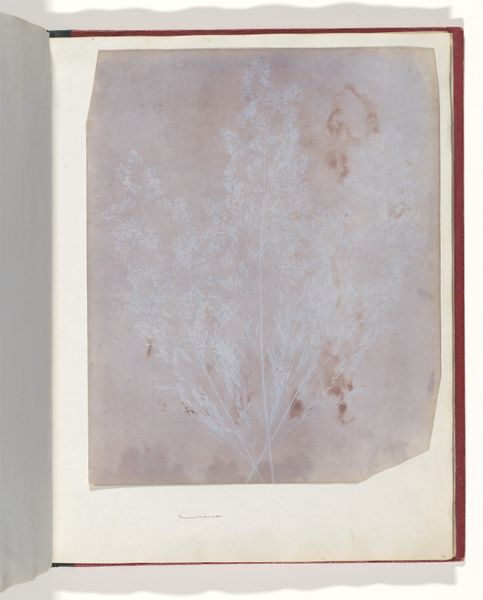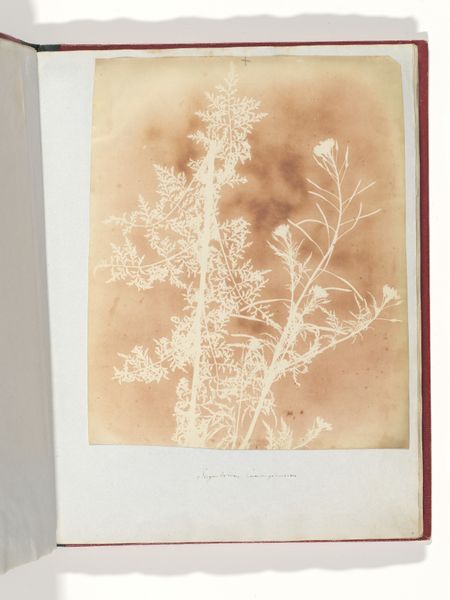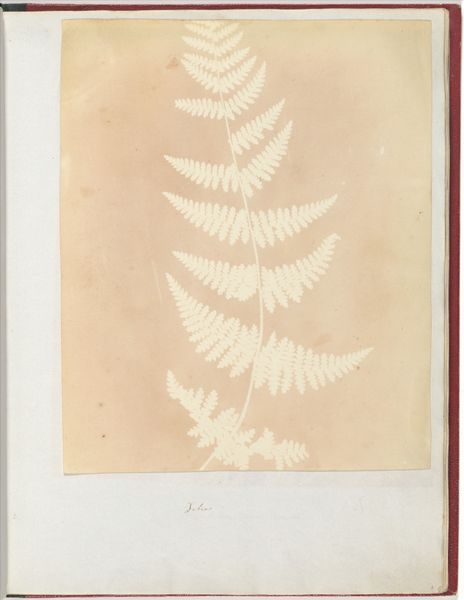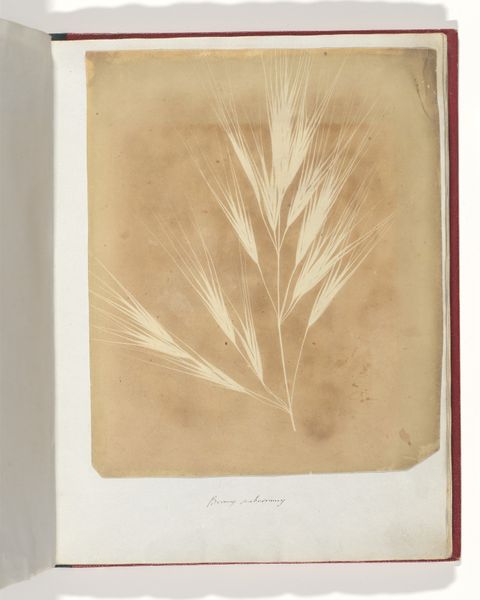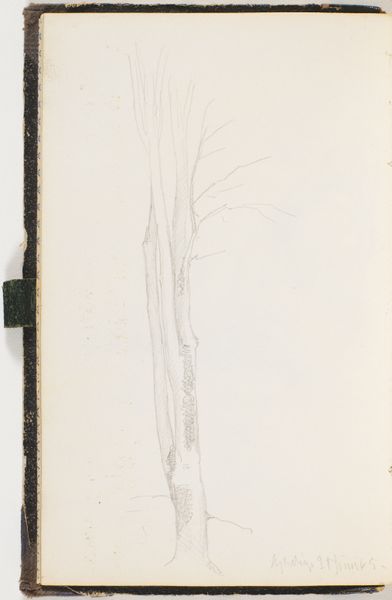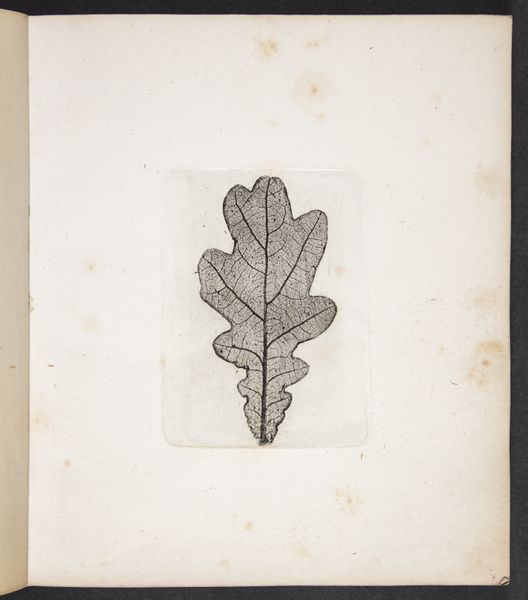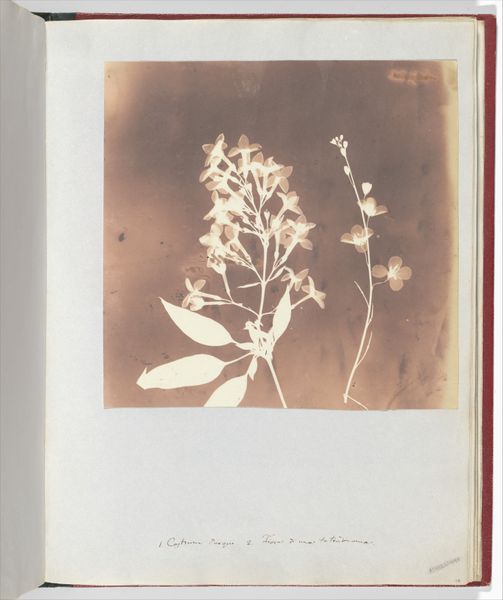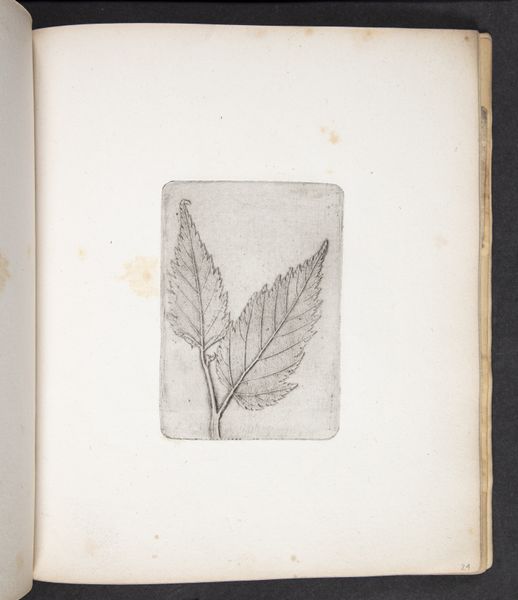
cyanotype, photography
#
cyanotype
#
photography
Dimensions: 22.5 x 18.5 cm (8 7/8 x 7 5/16 in.)
Copyright: Public Domain
Editor: Here we have William Henry Fox Talbot’s "Thapsia Asclepium from Corfu," dating from 1839-1840, created using the cyanotype process. It's quite ethereal, almost ghostly. What strikes you most about this image? Curator: The first thing that grabs me is how Talbot uses light and shadow to represent this plant. But the “Thapsia Asclepium”— Asclepius… doesn't that evoke the Greek god of medicine? Look at the delicate, feathery structures; don’t they seem almost like ancient, whispered secrets? How do you think the cyanotype process enhances these qualities? Editor: I see what you mean about secrets, definitely! I guess the cyanotype gives it this almost antique feel, like an artifact. Maybe it connects us back to a time when people saw plants as having medicinal power, you know? More than just something pretty. Curator: Precisely. The symbolic weight of the plant as medicine is not incidental; it’s ingrained into the image through that visual connection to something aged, something almost magically produced with sunlight, which adds to its cultural and symbolic significance. Can you think of any other instances where photographic images create this impression? Editor: Hmmm, maybe those spirit photographs from the Victorian era? They tried to capture ghosts with similar techniques... Curator: An astute parallel! Both utilized nascent photography to visualize the unseen, lending authority to things felt more than known. It prompts one to ask what other dimensions Talbot might be subtly invoking in our memory through his botanical study... Editor: I hadn’t really considered photography could be so rich in layers of cultural memory before. Now I’m seeing it. Curator: And I appreciate your reminding me of how this fragile piece once appeared boldly futuristic. It shows the constant negotiation between image, technology and time.
Comments
No comments
Be the first to comment and join the conversation on the ultimate creative platform.
